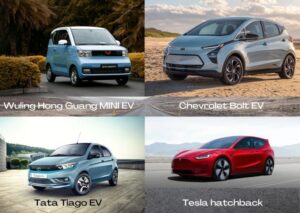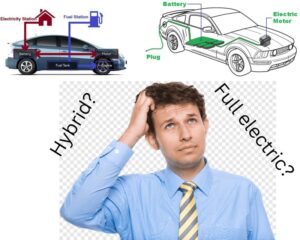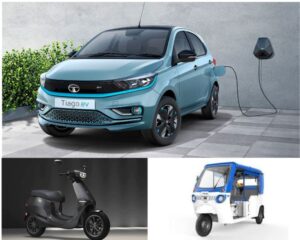When will EVs reach price parity with ICE vehicles?
One of the major reasons customers hesitate to buy an electric car is its higher price as compared to its ICE counterpart. For example, the electric version of Tata Nexon costs about Rs. 4 lakhs more than its petrol variant.
Then again, parity between EVs and ICE vehicles doesn’t require the sticker price to be exactly the same. The most important deciding factor is the total cost of ownership (TCO), which includes purchase price, fuel costs and maintenance expenses. While the upfront cost of an EV is more, there are substantial savings in operating costs mainly because of two reasons: (a) lower cost of electricity as compared to petrol or diesel and (b) lower maintenance and repair costs of EVs because of vastly reduced moving parts.
Several pundits indicate that TCO for EVs is already lower than its ICE counterpart. Deloitte has concluded that the price has already reached parity, if you consider subsidies in various markets and TCO. Some more reserved analysts expect TCO parity between EVs and ICE vehicles as soon as 2024 to 2026 for shorter-range EVs and 2027 to 2030 for longer-range EVs.
The main reason for the higher price of EVs is the cost of the battery pack, which comprises 30-35% of EV prices. EV battery prices fell 6% between 2020 and 2021, reaching an average price of $132 per kWh in 2021. Battery prices need to drop below the US$100/kWh mark that has long been held as the magic number for EVs to reach parity with ICE vehicles.
BNEF expects battery prices to reach US$80/kWh in 2026 and US$60/kWh in 2029. Most analysts agree that price parity between EVs and ICE vehicles will occur sometime between 2023 and 2025.
Innovations in battery chemistry are also leading to EV cost declines. Whether it’s solid-state batteries, lithium-metal batteries, lithium-iron-phosphate batteries, or several other innovations, these new formulations are already leading to cost declines.
And then comes economies of scale. As sales volumes increase, production costs per unit decrease. The first half of 2022 witnessed a scorching growth of 62% in electric vehicle sales worldwide. Over 10 million EVs will be sold in this year.
Don’t forget that the ICE vehicles will get costlier as stricter emission norms come into force. Moving from Bharat Stage 6 to 7 will jack up the prices of fossil-fuel cars. Similarly, the Corporate Average Fuel Economy (CAFE) norms will inflate the prices of ICE vehicles. So, as the prices of ICE vehicles keep inching up and that of EVs keep going down, somewhere the twain shall meet.
In the UK, a recent annual ‘Driving away from fossil fuels’ survey report showed that 100% of new car buyers are ready to go for electric cars as long as they were sold for the same price as equivalent conventional cars. That number was only 2% in 2015.
If an electric car was available at the same price as a comparable combustion-engine car, which one would you buy?



